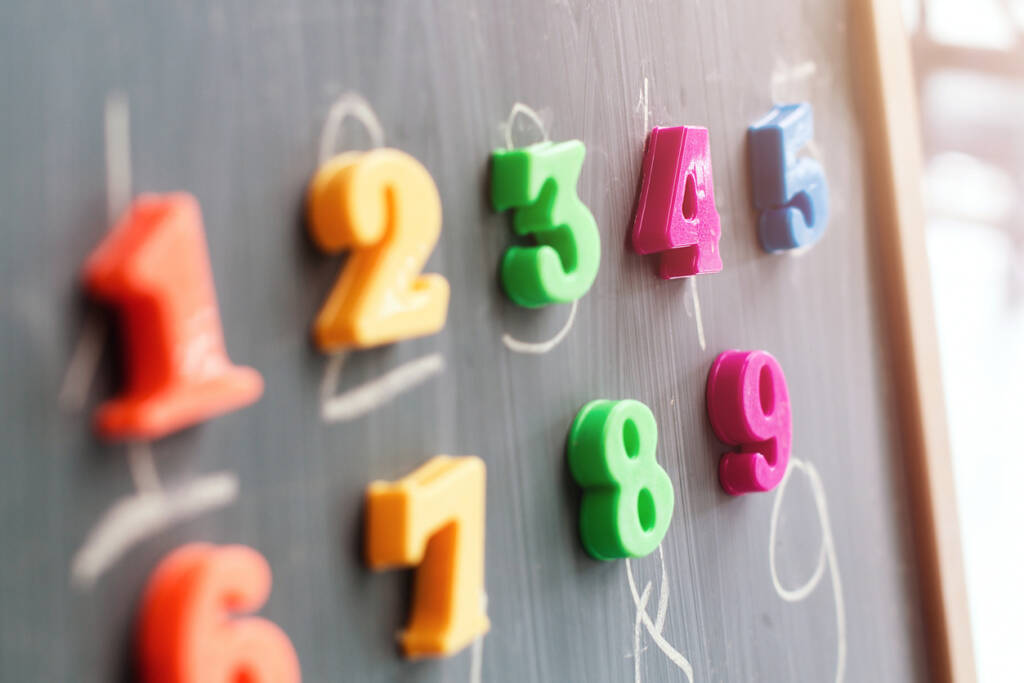
Elementary Physical Education Grade 5

The Elementary PE course teaches students about healthy habits and activities. It builds on what they have learned in previous lessons and provides age-appropriate activities. Students learn skills like throwing, catching, kicking, striking, dancing, swimming, and basic gymnastics. They also learn about eating a healthy diet, working as a team, and being a good sport. The course encourages them to be active for 60 minutes every day and set goals to improve their physical abilities.
Please view the Elementary Parents Guide for Grades 3-5 with guidance on helping your student transition to online learning and thrive at VLACS.
Major Topics and Concepts
Module 01: Catch On to Safety
- 01.00 Module One Pretest
- 01.01 Safety
- 01.02 Fitness Assessment 1
- 01.03 Locomotor Movement
- 01.04 Throwing and Catching—Project-Based Assessment
- 01.05 Module One Review and Discussion-Based Assessment
- 01.06 Module One Assessment
Module 02: Building Your Body
- 02.00 Module Two Pretest
- 02.01 Flexibility
- 02.02 Cardiovascular Health
- 02.03 Strength
- 02.04 Nutrition—Project-Based Assessment
- 02.05 Fitness Assessment 2
- 02.06 Module Two Review and Discussion-Based Assessment
- 02.07 Module Two Assessment
Module 03: Striking with Respect
- 03.00 Module Three Pretest
- 03.01 Sportsmanship and Teamwork
- 03.02 Nutrition and Water
- 03.03 Striking
- 03.04 Kicking—Project-Based Assessment
- 03.05 Module Three Review and Discussion-Based Assessment
- 03.06 Module Three Assessment
Module 04: Building My Best
- 04.00 Module Four Pretest
- 04.01 Dance
- 04.02 Gymnastics and Swimming
- 04.03 Fitness Resources
- 04.04 Improve Movement—Project-Based Assessment
- 04.05 Fitness Assessment 3
- 04.06 Module Four Review and Discussion-Based Assessment
- 04.07 Module Four Assessment
Course Materials
To achieve success, students are expected to submit work in each course weekly. Students can learn at their own pace; however, “any pace” still means that students must make progress in the course every week. To measure learning, students complete self-checks, practice lessons, multiple choice questions, projects, discussion-based assessments, and discussions. Students and families are expected to maintain regular contact with teachers because, when teachers, students, and parents work together, students are successful.
Required Materials – Please view the list of materials before registering.
Competencies
Food Groups and Heart Rate
I can select specific warm-up and cool-down activities for specific sports. I can identify a target heart rate. I can create opportunities to raise my heart rate during physical activity. I can explain the FITT principle’s use in developing muscular endurance and muscular strength workouts. I can categorize food into different groups. I can create short-term and long-term fitness goals based on my fitness assessments.
Leadership & Healthy Lifestyle
I can describe ways to influence individuals to participate in physical activities. I can create a balanced daily diet. I can explain how carbohydrates, fats, and proteins affect my body. I can identify the proper offensive and defensive positions for players in net games. I can compare different sports skills and identify similar skill patterns and concepts. I can create a game that uses different sport skills, strategies, and rules.
Safety and Health Related Fitness
I can describe the safe use of equipment during physical activities. I can explain strategies for riding a bike safely. I can analyze my current physical fitness level to make improvements. I can identify an exercise for each of the health-related fitness components. I can explain the cues of an overhand throw. I can create practice activities that can improve catching and throwing.
Technology and Fitness Analysis
I can create a dance sequence using a variety of skills and movements. I can create a movement routine. I can explain the technology used to enhance participation in physical activities. I can interpret feedback from technology to assess performance. I can analyze physical fitness performance to make suggestions for improvements. I can identify the physical activities that address each component of fitness.
